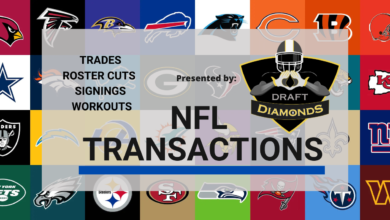Sports
usatsi_21711799

Tags As featured on The Atlanta Falcons could sign Baker Mayfield away from the division rival Tampa Bay Buccaneers. Post a comment as anonymous Report Watch this discussion. Stop watching this discussion. (0) comments Welcome to the discussion. Please log in, or sign up for a new, free account to read or post comments. Keep



